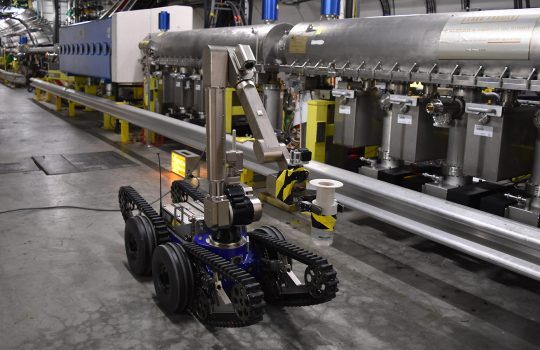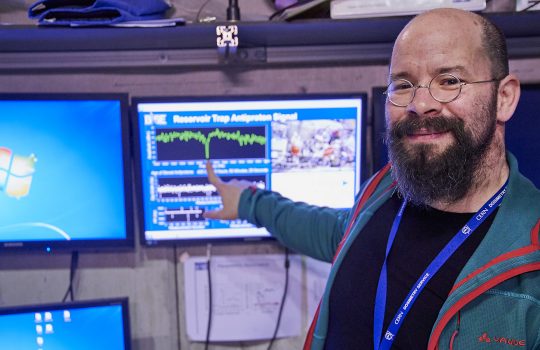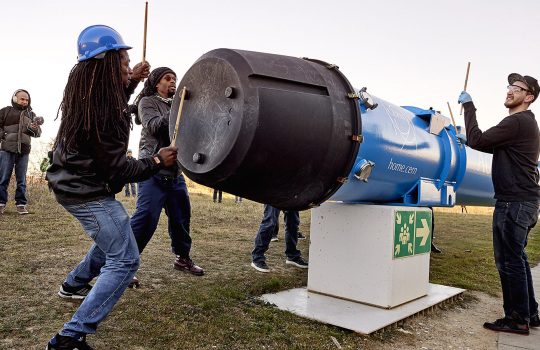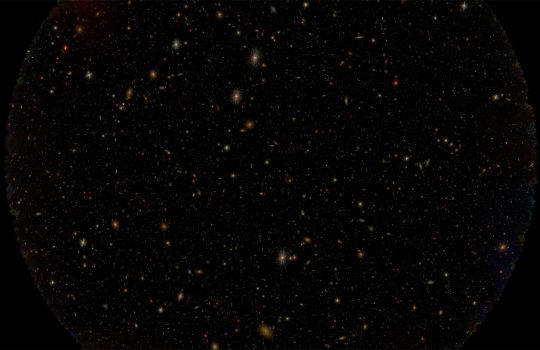1991 - 2000 of 2173 results
INSPIRE Annual Topcites 2016
From the INSPIRE blog, Jan. 23, 2017: INSPIRE’s list of the 40 most highly cited papers during 2016 is out, and five are Fermilab papers. The number goes up if you include CMS papers. Have a look in this blog post by Fermilab’s Heath O’Connell and SLAC’s Michael Peskin.
Five extreme facts about neutron stars
Neutron stars have earned their share of superlatives since their discovery in 1967.
Matter-antimatter mystery remains unsolved
Measuring with high precision, physicists at CERN found a property of antiprotons perfectly mirrored that of protons.
The value of basic research
How can we measure the worth of scientific knowledge? Economic analysts give it a shot.
STOMP visits CERN
A group known for making music with everyday objects recently got their hands on some extraordinary props.
Twinkle, twinkle, little supernova
Using Twinkles, the new simulation of images of our night sky, scientists get ready for a gigantic cosmological survey unlike any before.
Energy Department releases first-ever State of the National Labs Report
From the Department of Energy, Jan. 11, 2017: Fermilab is mentioned in several areas of the report, which highlights the remarkable accomplishments of the national labs, evaluates some of the improvements DOE has made in recent years in its management and coordination with the labs, and charts a course for continued American leadership in science and technology.
New director named to lead U.S. Department of Energy’s Jefferson Lab
From Jefferson Lab, Jan. 6, 2017: Stuart Henderson, former associate laboratory director for accelerators at Fermilab, has been appointed the next director of Jefferson Lab in Virginia. He will assume his new responsibilities on April 3.
Sidney Drell, theoretical physicist and national security expert at Stanford, dies at 90
From Stanford News, Dec. 22, 2016: A former deputy director of SLAC and winner of numerous prestigious awards, Sidney Drell was a groundbreaking researcher and outstanding leader who wanted to make the world a better place.






